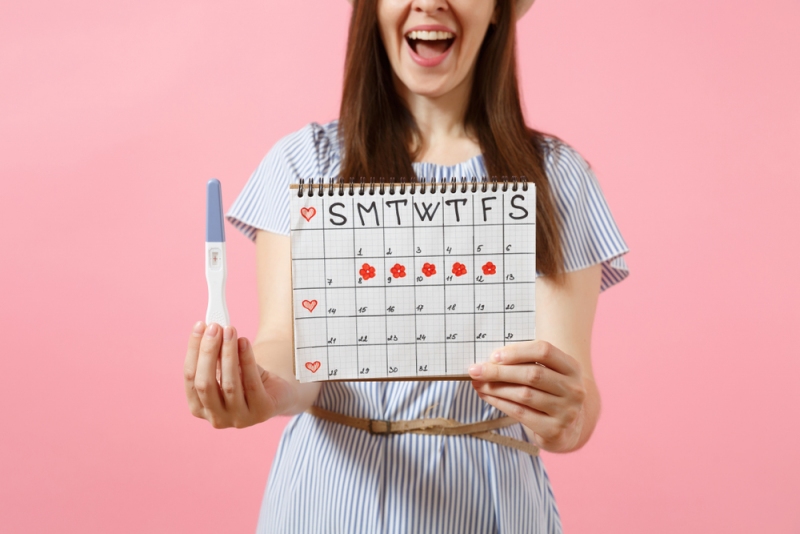17067Views 0Comments

How Your Fertility Changes Through the Month
Male and female fertility are very different, and understanding how could be the key you are missing to getting pregnant.
Male fertility remains steady from the day to day, with a slow decline over the course of a man’s lifetime. It can be affected by outside factors like nutrition and health conditions, but assuming perfect conditions, a man’s sperm have roughly the same chances of causing pregnancy today as they have tomorrow and next week.
Female fertility changes much more dramatically, and there is a window of only a few days in each month (or rather, menstrual cycle) where you can realistically become pregnant. Identifying this time (known as the fertile window) is important when you’re trying to conceive. If you don’t know when your fertile window will be, you run the risk of missing an important opportunity to conceive.
The Follicular Phase
In the initial stage of the menstrual cycle, beginning at the same time as your period, your ovaries mature a small number of eggs in small fluid filled sacs called follicles. This is what gives this part of your cycle it’s name: the Follicular Phase.
It takes approximately two weeks for an egg to fully mature and be ready for ovulation – the other eggs in their follicles are reabsorbed into the body. The length of the follicular phase differs from woman to woman, as does the overall length of the cycle.
The Midpoint of the Cycle
After the follicular phase, when one egg has grown to maturity, it will be released from the ovaries into the fallopian tubes. From the point of ovulation the egg is viable for no more than 24 hours. That’s why it’s so important to predict when you’re going to ovulate. You could chart your basal body temperature, but a modern fertility monitor can get you more accurate results with less trouble.
Luteal Phase
After the follicular phase and ovulation, your body concentrates on preparing an environment to support the egg if it’s fertilised. In the luteal phase, your endometrial lining is built up and structured. If a fertilised egg implants in this lining it will be safe as it grows, and the lining will develop into the placenta.
Fertility
You are fertile for the five days leading up to ovulation, and the day after – this is the lifespan of sperm in the human body after sex, combined with the viable life of the egg after ovulation. Outside this six days, you have a very small chance of getting pregnant, swiftly dropping to no chance whatsoever.
Your fertility monitor can tell you when you will ovulate: as long as it gives you that prediction soon enough, you can count back five days and mark the beginning of your fertile window on your calendar, giving you a boosted chance of conceiving.


